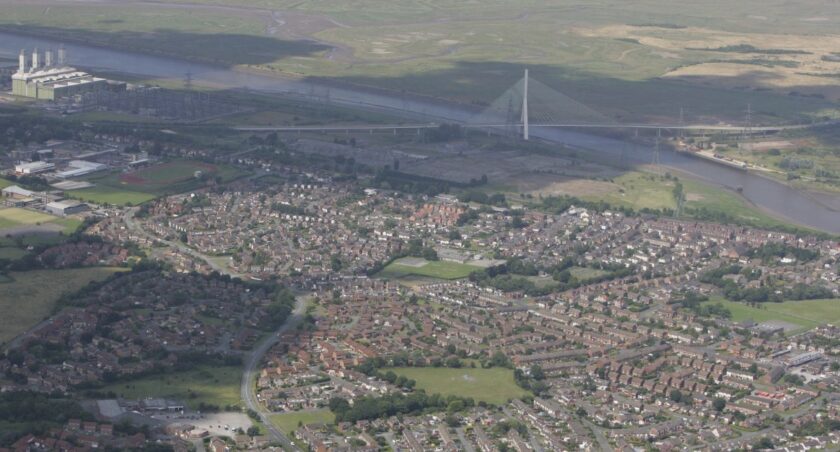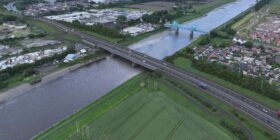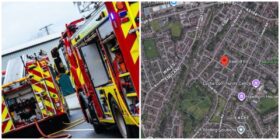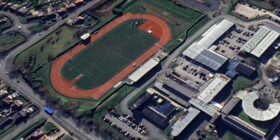National report highlights Connah’s Quay place name patterns

A major new report has warned that Welsh language place names are at risk of being lost across parts of Wales, with historic names being replaced by English ones in some communities.
The Place name changes in Wales: research on current trends report, published today by the Welsh Government, provides the first comprehensive evidence on how property, street and business names are changing.
The study was commissioned in response to what ministers describe as “growing concerns over recent years that some of the Welsh names that give our communities and countryside their unique character are being lost.”
Launching the report, Mark Drakeford MS, Cabinet Secretary for Finance and Welsh Language, said: “Often replaced with English names with no connection to the locality or its history and culture.”
He added: “This pioneering and wide-ranging research transforms our understanding of our linguistic landscape. We now have a firm evidence base to guide further steps.”
Until now, much of the debate about place name loss had been anecdotal. The new research aims to inform future policy to help safeguard and promote Welsh language place names.
Connah’s Quay was one of just seven towns chosen for a detailed linguistic landscape study as part of the national project.
The town was selected to represent a post-industrial North East Wales community, with a relatively low proportion of Welsh speakers and no significant tourism economy.
Researchers surveyed 1,738 properties across the town earlier this year.
They found that 81.9 per cent of properties were numbered only, with no additional name displayed.
Around 4.6 per cent were named only, while 13.5 per cent of properties had both a number and a name, known as an alias name.
Among the 314 named properties recorded in Connah’s Quay:
14.6 per cent had a Welsh language name
73.6 per cent had an English language name
11.8 per cent used a mix of Welsh and English
Between 2009 and 2024, just 14 property name changes were recorded in the town, 12 business name changes and two residential property name changes.
This is one of the lowest totals recorded in the seven communities studied.
Most changes in Connah’s Quay involved switching from one English name to another, reflecting a wider trend in urban areas.
Interviews with local residents found a generally positive attitude towards Welsh names, although these tended to be more common in rural fringes rather than in the main town centre.
Residents also noted an increase in Welsh language street names and signage, especially in new housing developments.
One local said using Welsh is “fashionable at the moment” for some businesses.
By contrast, the report highlights greater pressures on Welsh names in parts of tourist areas and second home hotspots, where name changes are more frequent.
Mark Drakeford said he was “grateful to all those who contributed to this report, and every member of our communities who play a part in safeguarding our unique Welsh and historic names.”
The Welsh Government is expected to announce new policy options based on the report’s findings.
[Photo: coflein.gov.uk]
Spotted something? Got a story? Send a Facebook Message | A direct message on Twitter | Email: [email protected] Latest News









